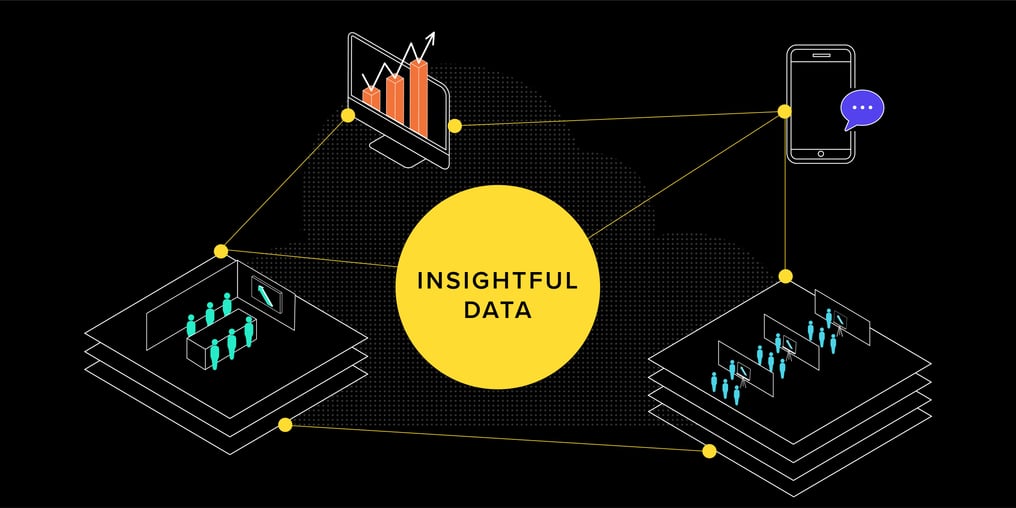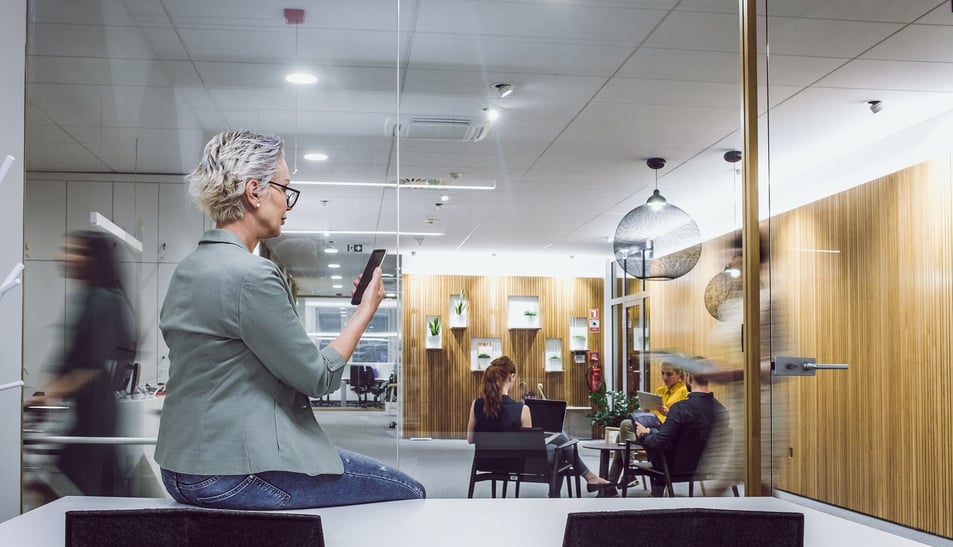The Science of Making Work Meaningful
Creating an environment where the work is meaningful to employees is vital to retention and productivity. Employers know that keeping their current employees engaged and invested in their work is the best way to ensure consistent, high-quality output, no matter your industry.
It also costs a lot to recruit, hire, and train new employees. Retention is always a much better strategy.
But, how do we keep employees engaged?
Meaningful work is the answer.
Meaningful work keeps employees engaged - and it's driving their decisions about whether to stay or go at their workplaces. According to a recent Gallup poll, it takes more than a 20% pay raise to lure most employees away from a job where they feel engaged, and unsurprisingly next to nothing to poach most disengaged employees.
More than ever, leaders need to know what motivates people on their teams.
What does meaningful work look like?
How do you find a solution when making meaning is so individual?
Making work meaningful for your team can’t just be a lofty goal or an empty promise. It needs to be woven into strategy, initiatives, and part of your organization's culture. It’s important to find ways for employees to connect their day-to-day work to larger company goals and outcomes.
It's up to leaders to ensure their teams feel connected to the organization and want to continue to be a part of it every day. Business leaders are learning the value of understanding how their teams use their office space in a meaningful way while they work to ensure a positive workplace experience.
We are all motivated to move away from perceived threats and toward perceived rewards. But how do we apply this to workplaces? How do you identify and build connections around what motivates your team members?
The good news (for data nerds like us) is that there’s a great deal of science behind employee satisfaction and models we can use to help assess and support employee satisfaction and keep work meaningful for teams.
Meet the SCARF Model
The SCARF model is based on neuroscience findings, using this model with your team can be a great way to begin discovering what motivates and might threaten your team to ensure you’re supporting your team in bringing their best to your organization daily.
S - Status: a sense of worth
C - Certainty: a sense of what the future holds
A - Autonomy: a sense of control over life
R - relatedness: a sense of safety with others
F - Fairness - Sense of fairness
Applying SCARF can help leaders have effective interactions, increase collaboration, and communicate more effectively across team dynamics.
In addition, neuroscience shows that supporting employees through the SCARF model can help them feel fulfilled and encourage them to be their most productive selves.
This is just one example of how data can be used to build better work environments - environments explicitly designed for the unique needs of individuals. It can help employees feel certain of their place in an organization and that their work is seen and valued.

Creating an environment where employees feel valued and work feels meaningful doesn’t have to be an abstract part of your organization. There are many things you can do as a leader to ensure they feel valued and heard, whether your team is made up of remote workers, hybrid workers, or in the office.
Meaningful work in an efficient office
Imagine being able to plan for office space efficiency and knowing how much office space your team needs to be their productive, best selves through evidence-based office space planning!
Workplaces are evolving. The hybrid office is here to stay, and understanding how your team uses desks, conference rooms, meeting spaces, and office spaces is a crucial part of running a business. Creating efficient, collaborative spaces is important, whether you've been in a space for a while or the pandemic has you reassessing your current real estate.

We at InnerSpace are constantly searching for new ways to utilize data science to tell the whole story of when, where, how, and why people use the office so companies can build impactful workplace strategies that work for and help the people on their teams thrive in their roles. We want to help you understand how much space your team needs to thrive.
InnerSpace can help you modify the square footage your team uses to best utilize your current space, add more space or less, and plan for future growth with flexible seating and meeting rooms.
By leveraging space utilization metrics we can help you eliminate unused desks and come up with an innovative office space utilization strategy that works for the number of employees you have today, and ensure you have an efficient office, free of wasted space, that secures peak space utilization in the future.
Interested in ensuring good space utilization is there to support your team as they do meaningful work? Want more on the science behind building and managing meaningful spaces for your teams? Looking for more time to support your team while you leave things like office space occupancy data, space utilization metrics, mobility ratios, office space utilization analysis, and other office space challenges to a team of experts?
We’d love to chat with you about Indoorology. You can find out more about us and our spatial intelligence platform to help enable space utilization strategy here.
Accurate space utilization data through Wi-Fi?
We'll prove it to you.
See why industry leaders leverage InnerSpace to generate valuable insights that go beyond occupancy.

